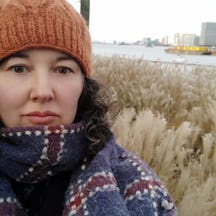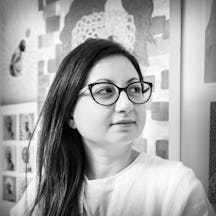How do we reconcile a desire to be different with an impulse to fit in? If you come from an eccentric family, being conventional singles you out. As she untangles the impact of her bohemian roots, and explores how our upbringing shapes who we become, Tanya Perdikou asks what belonging is and why it matters so much.
Belonging and why we long for it
Words by Tanya Perdikouartwork by Naomi Vonaaverage reading time 6 minutes
- Serial
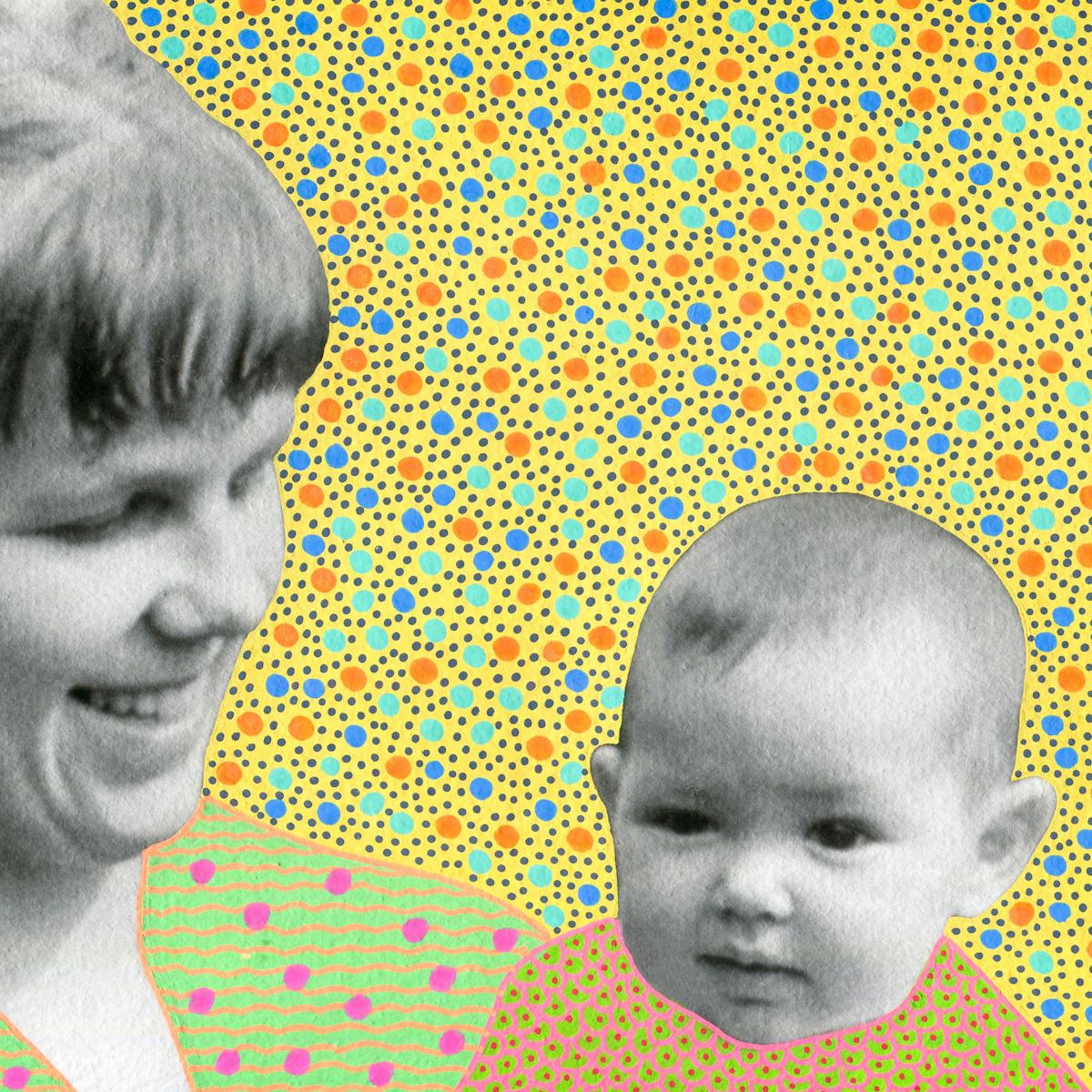
The last time I saw my father alive he was lying in a hospital bed in west London, animated by the nervous energy of a near-death experience, bloated from steroids. He was in the late stages of cirrhosis of the liver following decades of drug and alcohol abuse. One of the most significant feelings I carry with me from this meeting was that I had failed him, but not for the reasons one might expect.
He asked what job I was doing, and when I told him I worked in PR for a wildlife charity, he looked disappointed. I tried to read his mind: he despised inauthenticity and consumerism. He always thought I should be a social worker. I felt like a sell-out, which seems ridiculous, as the only thing I was selling was the idea that we should protect our ecosystems.
The fact is, he may have thought none of these things. I had an emotional reaction because the encounter triggered a conflict I have struggled with all my life: a feeling of not belonging.
As Brené Brown puts it in ‘Braving the Wilderness: The Quest for True Belonging and the Courage to Stand Alone’: “…not belonging in our families is… one of the most dangerous hurts. That’s because it has the power to break our heart, our spirit, and our sense of self-worth.”
I remember phone calls with dad as a child of 10, 11. He would talk to me about anything. Sometimes it was how he wanted treatment for hepatitis but the doctors were refusing until he stopped using. It could be that he’d fallen out with some guy called Fabian from Narcotics Anonymous over a woman, or that Granny Perdikou wasn’t talking to him. Even at that age I slotted easily into therapist mode – listening, suggesting. It was the version of me he reached out to.
Dad may have been ‘an addict’, but he was also a poet and an intellectual. I loved him and wanted him to accept me, but felt I was too conventional for him, and sometimes for my entire family.
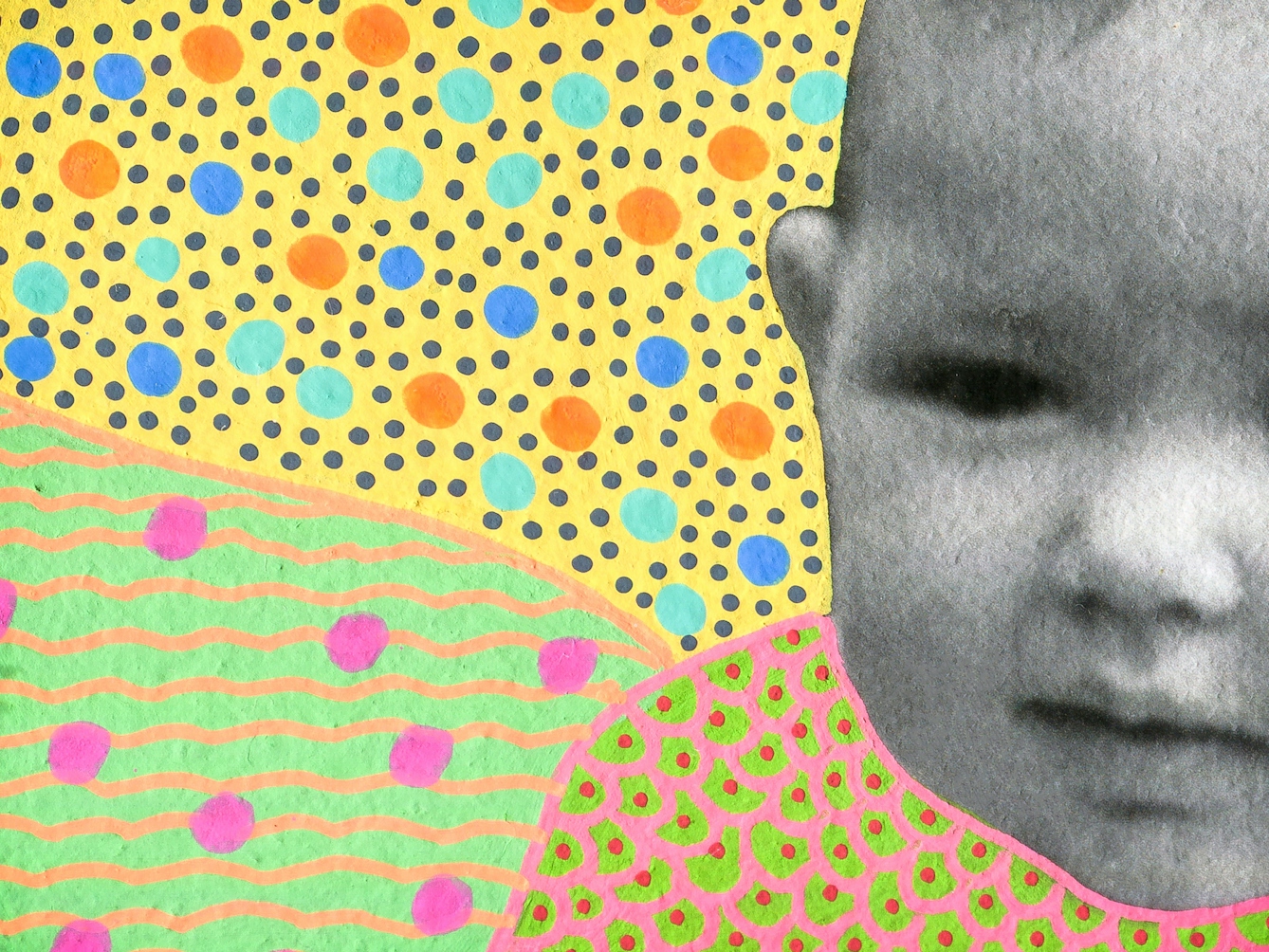
“Not belonging in our families is... one of the most dangerous hurts. That’s because it has the power to break our heart, our spirit, and our sense of self-worth.”
An unconventional inheritance
The unconventional roots of my family actually lie on my mum’s side, with my grandma, the bohemian writer Cressida Lindsay. She received little love from either of her parents and reacted by spurning obligation to others, spending many years erratically pursuing her own desires. Her rejection of the traditional role of ‘mother’ was extreme: she moved from home to home, lover to lover, descended into alcoholism, neglected her five children and ended up founding The Old Rectory, a commune in rural Norfolk.
This fragmented childhood left my mum traumatised. While her dad Leon offered her a stable home, she chose to spend the majority of her time with her mum. From day to day she didn’t know when Grandma would next abandon her, or if there would be food in the cupboards. Leon was Jamaican, and mum’s childhood was blighted with racism. She grew up understandably anxious.
As a young teenager she met my dad, David. Together they navigated the hedonism of 1960s London. They split in their early 30s, when I was one. By that time dad was abusing various substances, and mum fled with me and my older brother.
Mum’s style of parenting was the opposite of Grandma’s. She leaned more towards Leon’s embrace of respectability – an approach I’ve come to believe was his way of offsetting the conspicuousness of being a Black man in Britain at that time.
With my stepdad, mum bought the Norfolk commune and turned it into the family home we stayed in all my young life. She worked hard so we wouldn’t go hungry like she had as a child. She taught us traditional family values, encouraged us to respect authority and expected us to behave well.
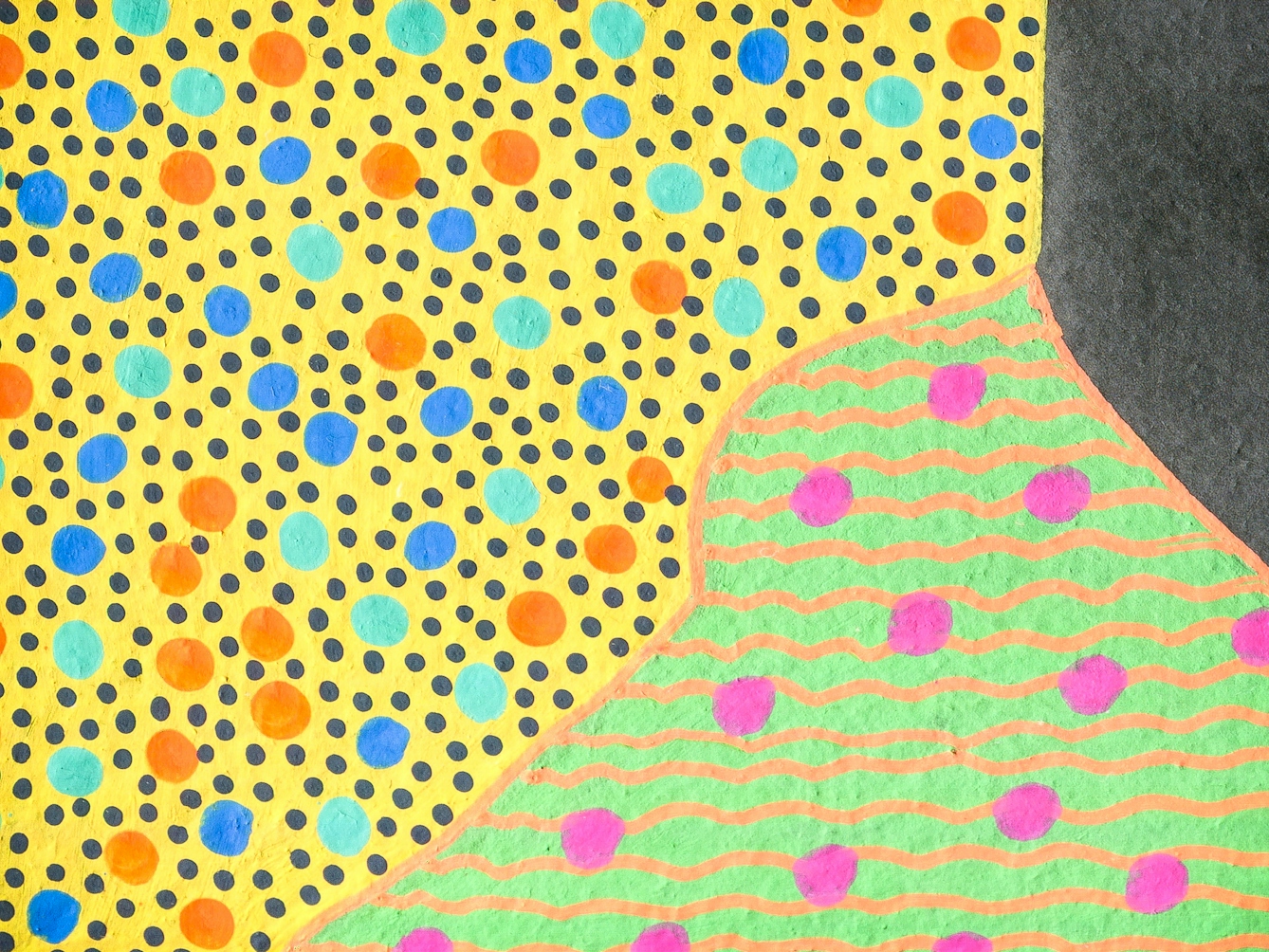
“Somehow I inherited my mum’s anxiety, along with a fear of being judged and ostracised. I’ve always struggled to feel like I truly belong.”
Grandma recovered from her alcohol addiction, and ultimately both she, and the huge web of family members and social connections she’d woven, were an important part of my life. I adored her, and I grew used to being surrounded by eccentric relatives and eclectic family friends.
But somehow I inherited my mum’s anxiety, along with a fear of being judged and ostracised. I’ve always struggled to feel like I truly belong.
What is belonging and why does it matter?
When I’m struck by a feeling of not belonging, I feel it physically. It’s the stab of paranoia when nobody acknowledges a group text. The nausea of finding out friends made plans without me. The prickle of sweat on my back when I find myself in small talk with a local shopkeeper and I don’t know what to say.
They don’t want me.
Research shows we’re wired to feel social exclusion like physical pain. This is because we’re a group species and isolation is a threat to our existence.
When I’m struck by a feeling of not belonging, I feel it physically.
John Bowlby was the developmental psychologist and psychiatrist who came up with the idea of attachment theory. In an essay exploring ‘Affectional Bonds: their nature and origin’, he writes: “To be isolated from your band… and especially when young, to be isolated from your particular caretaker, is fraught with the greatest danger. Can we wonder then that each animal is equipped with an instinctive disposition to avoid isolation and to maintain proximity?”
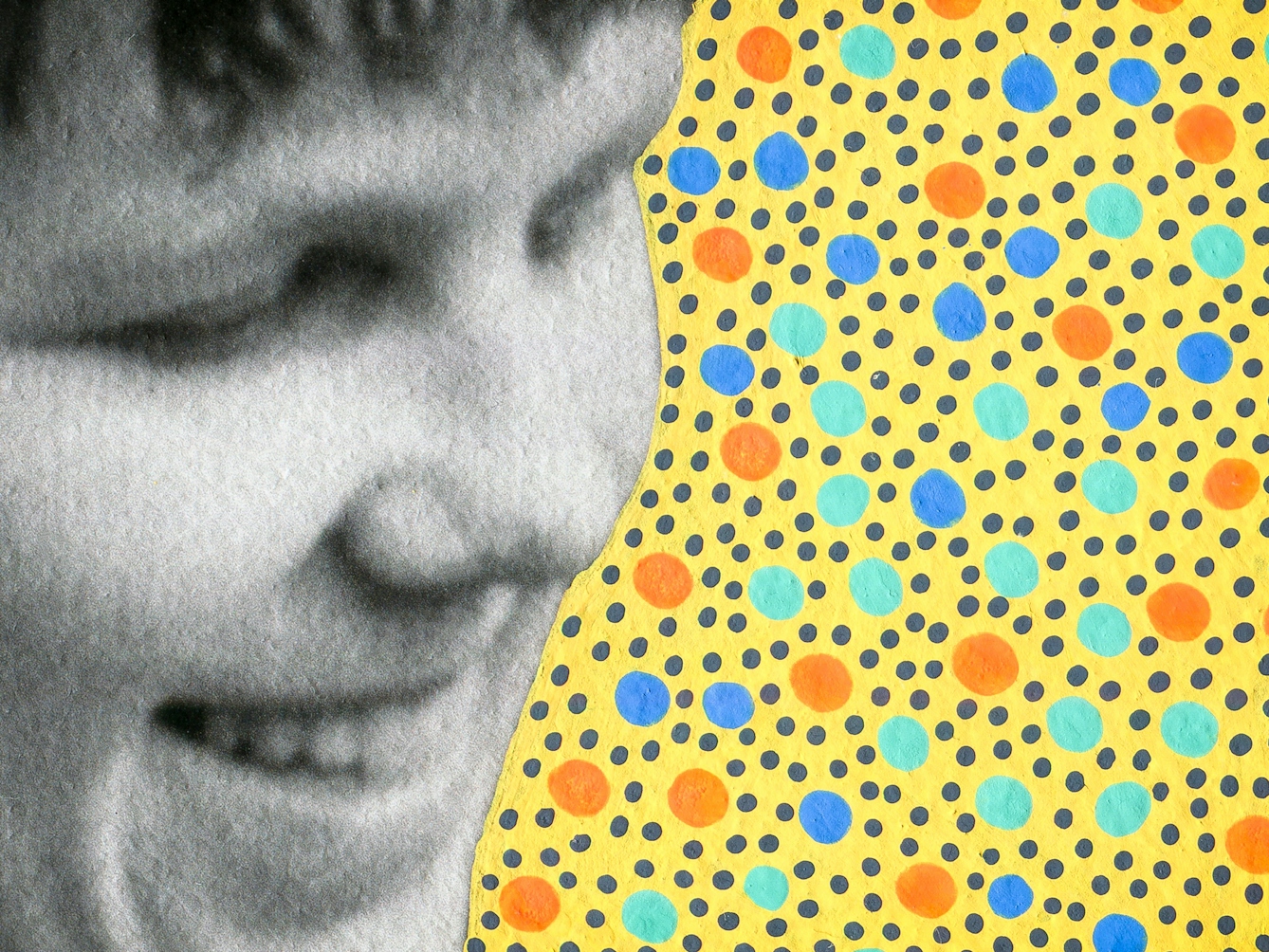
“My own struggle to belong is built on a paradox. My social anxiety makes me fear people’s judgement; my communal upbringing means I need them around to feel truly connected.”
The implications of isolation are big. Lack of belonging impacts on mental health in many ways, including being a strong predictor of depression. Scientists have even found evidence that lack of social connection can be more damaging to health than smoking or high blood pressure.
Examining anxiety and disconnection
My own struggle to belong is built on a paradox. My social anxiety makes me fear people’s judgement; my communal upbringing means I need them around to feel truly connected. Many of my family influences were rebellious and defied societal expectations, but – knowing how it felt to suffer alienation from society – mum raised us to be respectable and to conform.
Am I the conventional country girl or the radical forging her own path? I’ve managed to be both, but for years I have been unsure which is truly me. This makes my sense of belonging precarious – I often feel like I’m skirting a ridge and the smallest nudge can send me tumbling into the abyss.
It’s a long climb back out. After transplanting my life across continents and becoming a mother, a global pandemic sent me plummeting again. I’ve realised I have no choice but to examine my feelings of disconnection – hold them up to the light and see whether, by learning more about them, I can come closer to finding where I belong.
About the contributors
Tanya Perdikou
Tanya Perdikou is a freelance writer. She specialises in telling stories of how the human experience intersects with society, nature and travel. Among others, her work has been published by the BBC, the Huffington Post, the Guardian and the Bangkok Post.
Naomi Vona
Naomi is an Italian artist based in London. She defines herself as an “archival parasite with no bad intentions”. Her works combine photography, collage and illustration, and her research is focused on altering vintage and contemporary found images, creating a new interpretation of the original shots. Using pens, paper, washi tape and stickers, she gives every image new life. Her work is basically composed of three elements: her background, inspirations and subconscious, which are also the glue that pulls everything together.
